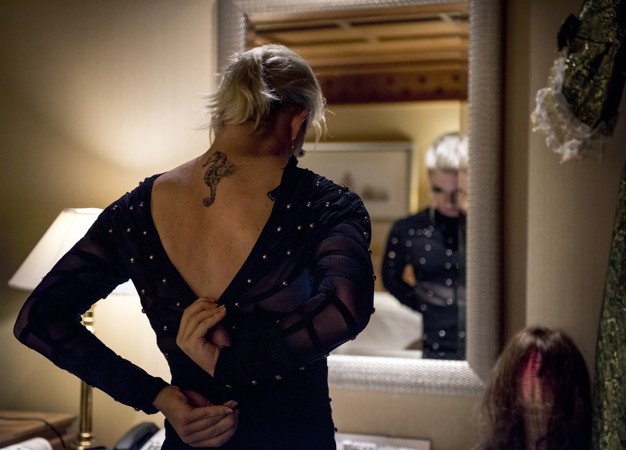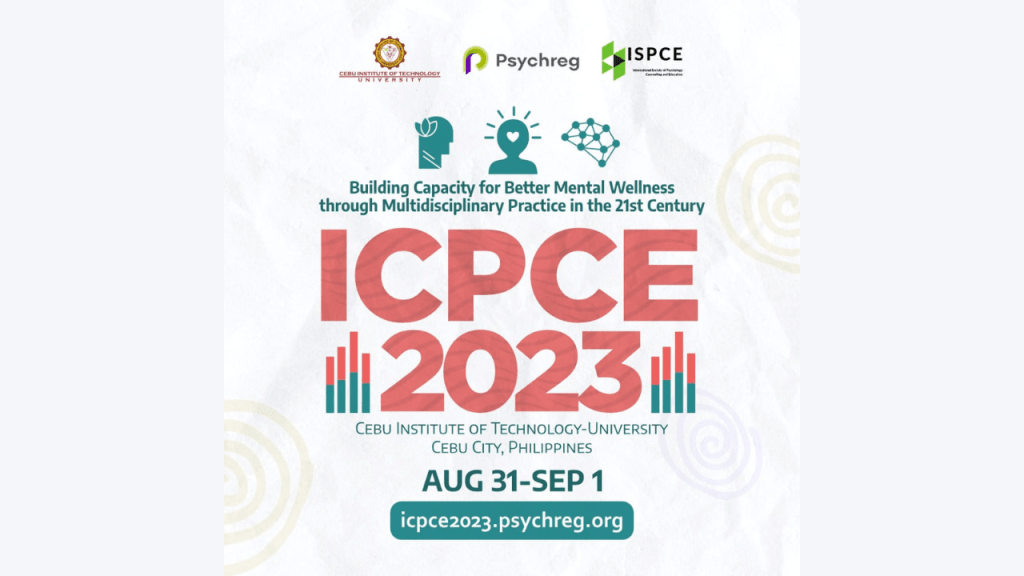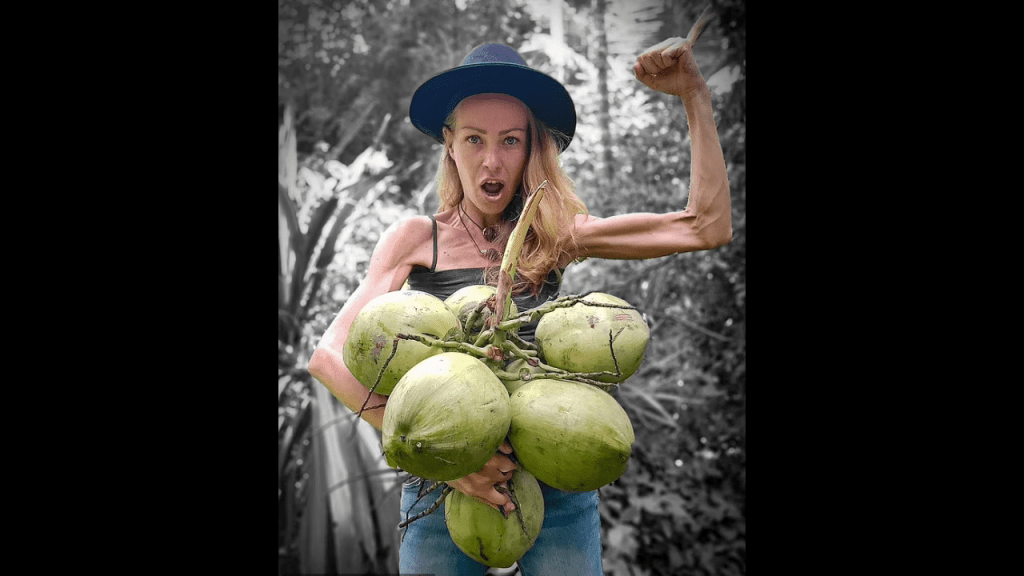It happens, seemingly, to all of us. We reach an age where we suddenly realise we’ve ‘grown up.’ We’ve settled down, our lives seem almost boring in comparison to our younger days. A quiet Friday night on the couch watching Netflix seems more appealing than a trip to the bar.
This tendency to settle down applies not only to our extracurricular activities, but also to our behaviour. Research in criminology over the past 20–30 years has increasingly demonstrated that criminal and antisocial behaviour declines with age, after peaking in the late teens and early 20s. This is true for even the most hardened of offenders.
Criminologists have a name for this phenomenon – desistance from crime. The phenomenon has been known for centuries, but only came to be a focus of study recently. As a result, while we know much about how criminals slow down and age out of antisocial conduct, we know much less about why.
Perhaps as a result of disciplinary hegemony, the most popular theoretical accounts of desistance have been sociological in nature. Criminology, as a field of study, came to be ‘owned’ by sociology, due largely to the efforts of pioneering criminologist Edwin Sutherland in the early 20th century. It should thus not be surprising that the dominant accounts of desistance rely on the power of social relationships to explain why crime declines over time.
To date, criminology has yet to incorporate concepts from other disciplines to account for desistance. One that should play a larger role in what’s known as ‘life-course’ or ‘developmental’ criminology is psychosocial maturation.
As I discuss in my recent book Desistance from crime: New advances in theory and research, the concept of psychosocial maturation emerged from the work of educational psychologists Ellen Greenberger and her associates in the 1970s. Greenberger and Sørensen were the first – as far as I can tell – to discuss psychosocial maturation, which they defined as comprising three elements: 1) independence; 2) social interaction; and 3) social cohesion. Together, these elements represented social and personal maturation and indicated an ability to make one’s way successfully in the world.
Over 20 years later, the psychologists Lawrence Steinberg and Elizabeth Cauffman reformulated psychosocial maturation to include: 1) perspective (i.e., thinking about the future); 2) temperance (or self-control); and 3) responsibility. Their work was meant to help explain how decision-making changes with age. Interestingly, the concept comprised individual/biological (e.g., neurological maturation) and social factors (e.g., resistance to peers).
Later, Cauffman and Steinberg expanded on their theory to argue that because juveniles do not have as much psychosocial maturity as adults, they should not be held as criminally responsible.
But the concept of psychosocial maturation, including the timing Cauffman and Steinberg propose with respect to when such maturation happens, coincides with the ‘age-crime curve‘, and other types of maturation uncovered by recent work. Thus, it would appear to be a prime target for desistance researchers.
Interestingly, however, while work on psychosocial maturation has explored how it relates to changes in antisocial conduct over time, to date, desistance researchers in criminology have largely not incorporated this concept into their work. This is so despite Steinberg and colleagues finding that psychosocial maturation is a useful explanation of desistance.
I have written of psychosocial maturation in various criminological outlets, arguing that it is an important part of the desistance story. But it appears that it remains on the fringes of mainstream criminology, mostly published in psychological journals.
It is unclear why such an ideal concept would be ignored by criminologists, but there are several possibilities. First, as previously mentioned, the sociological orientation of many criminologists leads the field to look, first, in the social rather than individual world for explanations of behaviour.
Second, I have a suspicion that the term ‘maturation’ is one that is immediately resisted by sociological criminologists, who by nature do not value ideas implying uniform or universal models of individual development.
The term maturation may seem to indicate, to some, an ambiguous, loosely defined process that happens to all of us (as in, ‘He’ll mature one day, just give him time’). How, then, can maturation account for the fact that some people engage in a lot of crime, some a little, some persist far into adulthood and others desist in adolescence?
With respect to the first point, psychosocial maturation is an evolving concept that has its roots in neurological development. However, social factors also have been shown to influence such maturation, and it is likely that future research will uncover much more.
With respect to the second, maturation, in lay society at least, remains ill-defined. What does it mean, for example, for someone to be ‘mature’? Generally, it’s like pornography – we just know it when we see it. But recent efforts have done the difficult work of not only precisely defining psychosocial maturation, but also measuring it.
There is hope on the horizon, though. One of the more interesting datasets for life-course researchers to utilise is the Pathways to Desistance study, which collected data on 1,200 serious offenders and tracked them over time. Importantly, the study covered the period of the life-course when psychosocial maturation tends to occur (late teens, early 20s), and even more importantly, the researchers included the Steinberg and Cauffman measure of psychosocial maturation (temperance, responsibility, perspective) that can be put to use by criminologists in the future.
Many questions remain in the study of psychosocial maturation and desistance. Can it help us understand group differences in desistance (e.g., race, gender)? What are the factors that promote earlier (or normative) psychosocial maturation? Can correctional and juvenile justice agencies use such knowledge to build effective programming?
Psychology has much to offer criminology. Perhaps more importantly, approaches that marry psychological and sociological perspectives, such as psychosocial maturation, have the potential to not only help us understand crime and deviance, but prevent its occurrence with more effectiveness.




























